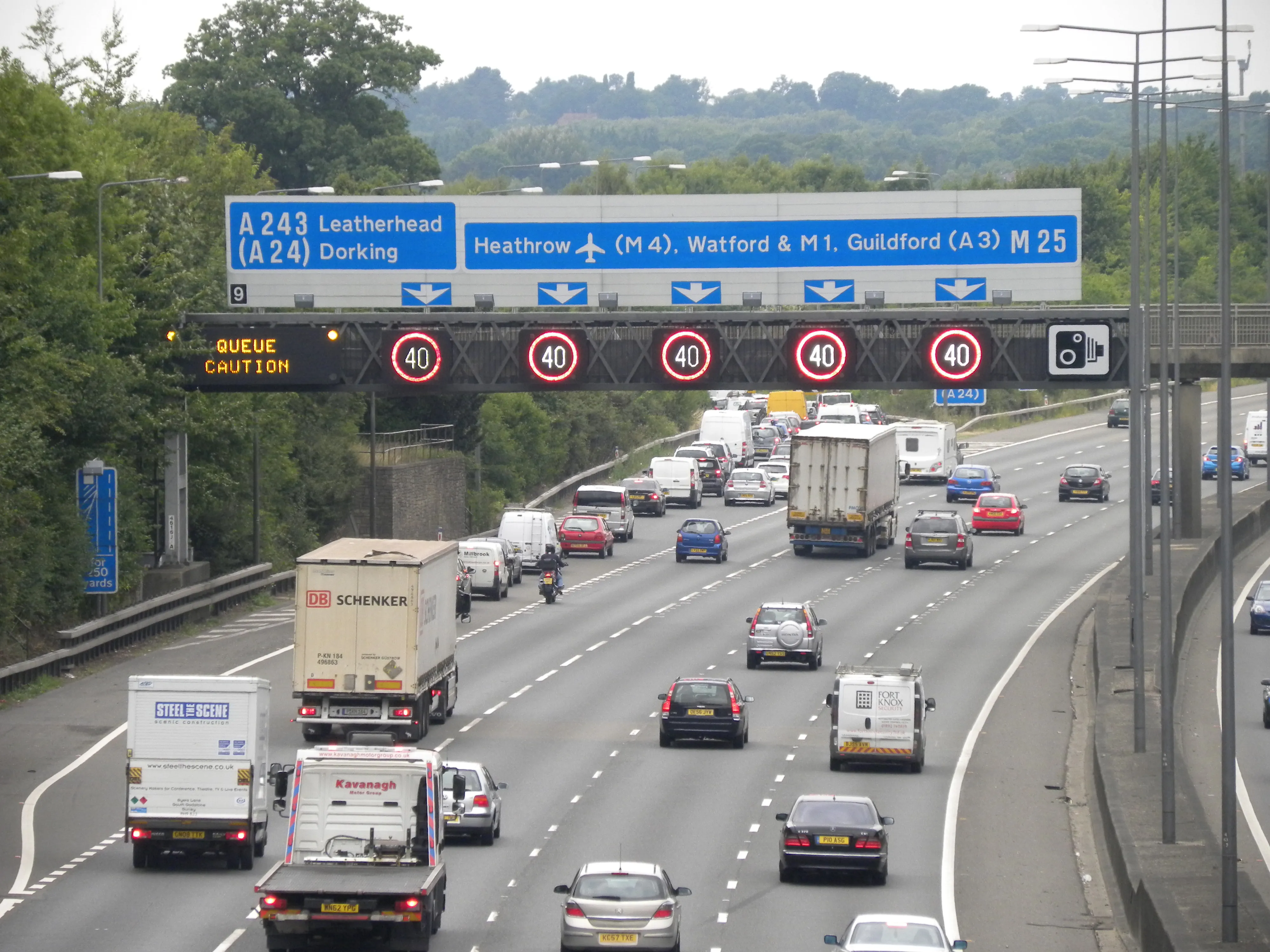A new road safety target has been set for 2030. The
Antonio Avenoso, executive director of the
During 2016, 25,500 people died on EU roads, a figure virtually unchanged in three years. In addition, the European Commission estimates that more than 135,000 suffer serious injuries/year.
New European road safety target set for 2030
A new road safety target has been set for 2030. The European Union transport ministers have agreed to aim at halving the number of serious injuries on roads in the EU by 2030 from their 2020 level. Ministers have endorsed the Valletta declaration aimed at improving road safety. The ministers also called on the European Commission to come forward with a new road safety strategy for the decade 2020-2030.
June 8, 2017
Read time: 2 mins
RSS






